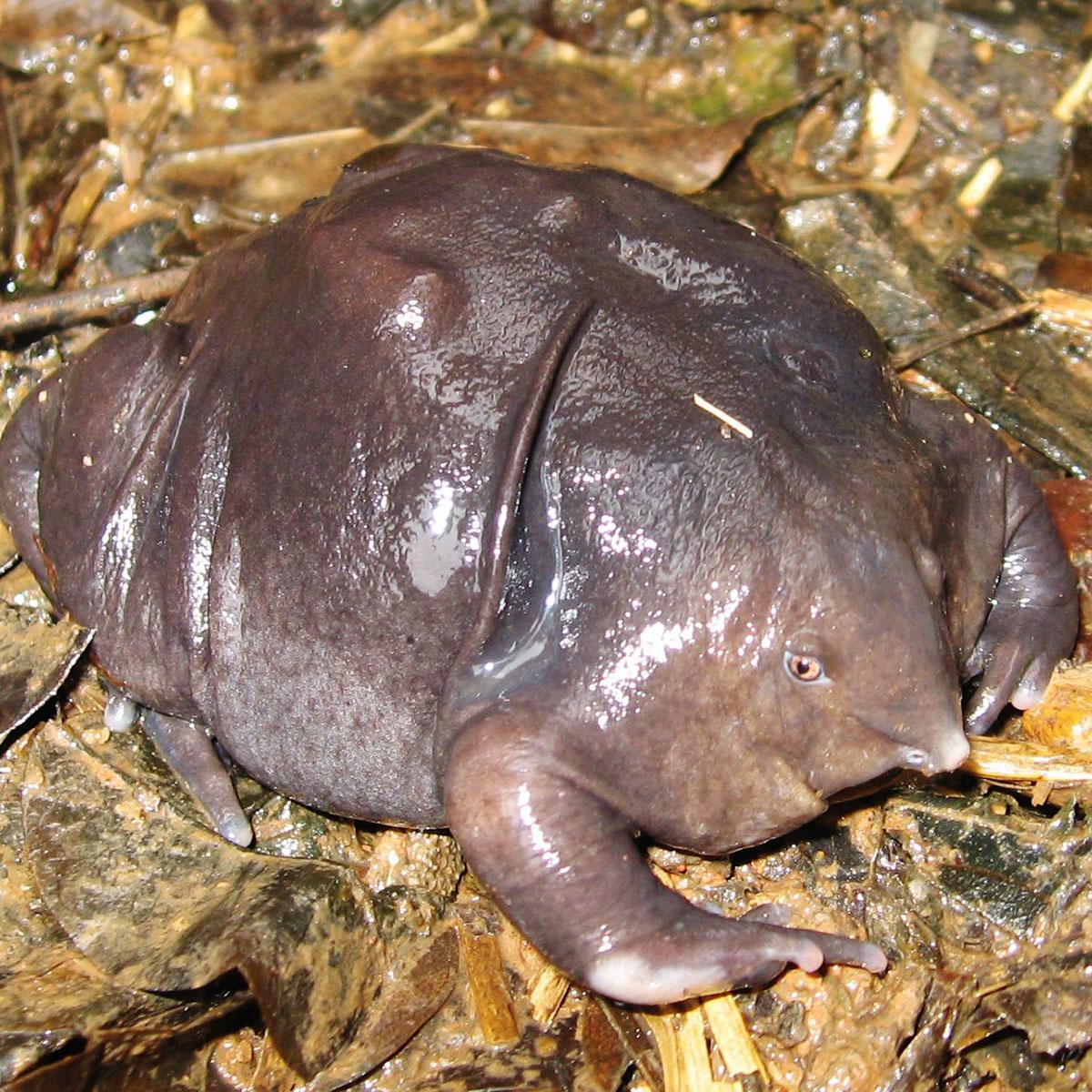Have you ever stopped to think about colors that just don't seem right? You know, the ones that make you pause and say, "Wait, is that even a real color?" It's a bit like when you hear a weird noise, and you just have to figure out what it is. Our world is full of amazing shades, but some hues truly stand out as being, well, just plain strange. Today, we're going to peek into the curious world of the weirdest colors, the ones that challenge what our eyes and brains usually expect.
For a long time, we've thought of colors as being part of a neat rainbow, a simple progression from red to violet. But, actually, there's so much more to it than that. Some colors push the boundaries of our perception, while others have stories that are stranger than fiction. It's like finding yourself researching the most bizarre things, from peculiar discoveries to unusual headlines; these colors have their own fascinating tales.
We're talking about shades that might seem impossible, or ones that were discovered by accident. They make us wonder how these stories could actually be true. Just like those strange facts that leave you scratching your head, these colors really show us how much more there is to learn about our visual world. So, let's find out if your idea of "weird" matches what's out there.
Table of Contents
- What Makes a Color "Weird"?
- The Most Mind-Bending Hues
- How We Perceive These Strange Shades
- Why Do We Care About Weird Colors?
- Frequently Asked Questions
What Makes a Color "Weird"?
When we talk about the weirdest colors, it's not just about a shade being unusual. It's more about how it challenges our basic ideas of color. Sometimes, it's about colors that exist outside what our eyes can usually pick up. Other times, it's about how our brains process information, creating something that feels truly odd. So, what makes a color truly strange? It often comes down to its origin or how it interacts with light and our perception, really.
Beyond the Visible Spectrum
Our eyes can only see a small part of the electromagnetic spectrum. This tiny sliver is what we call visible light. But there are colors, or rather wavelengths, that exist beyond what we can normally perceive. Think about ultraviolet or infrared. While we can't "see" them in the same way we see red or blue, they are still forms of light, and some animals can actually pick them up. It's a bit like those weirdest bugs in the world that have senses we don't. This concept expands our idea of what color truly is, apparently.
These "colors" are more about scientific measurements than visual experiences for us. However, they play a huge role in how the natural world works, from how flowers attract pollinators to how certain materials reflect heat. They are, in a way, invisible colors that shape our world, too. They remind us that our human experience of color is just one small piece of a much larger puzzle.
Colors That Don't Exist
This sounds like a contradiction, doesn't it? How can a color "not exist"? Well, it's about how our eyes and brain work together. Some colors are physically impossible for our eyes to see at the same time because of how our cone cells operate. For example, a reddish-green or a yellowish-blue. These are called "impossible colors" or "chimeric colors." They are, in some respects, a trick of the mind, a visual illusion that challenges our typical understanding of color mixing.
These colors are not found in nature or on a standard color wheel. Yet, under very specific conditions, you can sometimes trick your brain into perceiving them. It's a fascinating look into the limits and capabilities of human vision. You will not witness these until you understand how your own vision works, for example. It's pretty mind-bending, actually.
Colors with Strange Properties
Then there are colors that exist, but their properties are just plain weird. We're talking about pigments that absorb almost all light, or ones that glow under certain conditions. These aren't just different shades; they behave in ways that defy our usual expectations of how colors work. It's like finding a material that has some of the most peculiar scientific discoveries attached to it. These properties make them incredibly interesting for scientists and artists alike, so.
Some of these colors are incredibly difficult to create, requiring complex chemical processes. Others are natural phenomena that we are only just beginning to fully understand. They often have practical uses, from stealth technology to new forms of art. Their strangeness is often what makes them so valuable, you know. They offer new possibilities for what color can do.
The Most Mind-Bending Hues
Now, let's get into some specific examples of the weirdest colors that have captured our attention. These are the ones that truly make you wonder, "How is that even possible?" They range from incredibly dark to surprisingly bright, and each has a story that is quite unique. It's like those weird words that are fun to say; these colors are fun to think about, too.
Vantablack: The Abyss of Darkness
Imagine a color so dark that it makes three-dimensional objects look flat, like a black hole has opened up on a surface. That's Vantablack. Developed by Surrey NanoSystems, it's made from vertically aligned carbon nanotube arrays that absorb up to 99.965% of visible light. When you look at it, your brain struggles to process depth, because there's almost no light reflecting back to your eyes. It's truly bizarre, a kind of visual void.
This material is not just a pigment; it's a coating that changes how we perceive objects. It's so dark, it's almost unsettling to look at. Artists have been fascinated by its ability to create a sense of infinite depth. It's one of those things that, once you see it, you will not witness anything quite like it again, in a way. It's an extreme example of how light absorption can create a truly weird visual experience.
Magenta: The Color That Isn't
This might shock you, but magenta isn't actually in the rainbow. It's what's called an "extra-spectral color," meaning it doesn't correspond to a single wavelength of light. Instead, our brains create magenta when they receive signals from both the red and blue cone cells in our eyes, but *not* the green ones. It's a color that exists purely in our perception, a mental construction. That's weird, right?
Think about it: when you see a rainbow, you go from red, through orange, yellow, green, blue, to violet. Red and violet are at opposite ends. Magenta is the "bridge" that our brain invents to connect them on the color wheel. It's a color that, apparently, fills a gap that doesn't physically exist in the light spectrum. This makes it one of the most fascinating and, arguably, weirdest colors we regularly encounter. Learn more about color theory on our site, it's quite interesting.
YInMn Blue: A Happy Accident
Sometimes, the weirdest colors are discovered by pure chance. YInMn Blue is a vibrant, stable, and non-toxic blue pigment discovered in 2009 by Professor Mas Subramanian and his team at Oregon State University. They were actually trying to create new materials for electronics when they stumbled upon this striking blue compound. It's a very beautiful blue, but its accidental discovery makes it quite unique. It's like finding a rare, strange and odd word you've never heard before.
What makes YInMn Blue special is its incredible durability and ability to reflect heat. It's made from yttrium, indium, and manganese oxides, hence the name. Before its discovery, truly stable and non-toxic blue pigments were rare and often expensive. This new blue has opened up possibilities for everything from cool roofs to new art supplies. It's a bit of a scientific marvel, actually, and a lovely weird color.
Blorange: A Modern Mystery
Have you heard of blorange? It's a relatively new term that popped up, especially in fashion and hair trends. It describes a color that's a mix between blonde and orange, often with a hint of pink. It's not quite peach, not quite rose gold, and definitely not just orange. It sits in a strange, in-between space that makes it feel somewhat elusive. This color is more of a cultural phenomenon than a scientific discovery, in a way.
Blorange is weird because it defies easy categorization. It's a blend that challenges our typical color labels, much like some of the unconventional ideas you might encounter. It shows how our language and perception of color can evolve with trends and creativity. It's a very modern example of a weird color, reflecting current tastes and the desire for something different. It's pretty much a color that keeps you guessing.
Impossible Colors: Seeing What's Not There
We touched on this earlier, but it's worth exploring more. Impossible colors are those combinations that our brains can't normally process simultaneously, like "reddish-green" or "yellowish-blue." Our visual system works by processing opposing color pairs: red-green, blue-yellow, and black-white. When one part of a pair is stimulated, the other is inhibited. So, seeing both red and green at the exact same spot is, well, impossible under normal circumstances.
However, scientists have found ways to trick the brain into seeing these "forbidden" colors using specific visual stimuli, like looking at certain patterns or staring at a color and then looking away. It's a very strange experience, as your brain tries to make sense of conflicting signals. This phenomenon really highlights the subjective nature of color perception. It's a bit like those shocking and the weirdest cultures from around the world; it challenges your preconceptions. To explore more visual tricks, you can check out optical illusions.
How We Perceive These Strange Shades
Understanding the weirdest colors isn't just about the colors themselves; it's also about how our eyes and brains interpret them. Our perception of color is a complex dance between light, biology, and even culture. It's not always as straightforward as it seems, you know.
The Science Behind Our Eyes
Our eyes have special cells called cones that are sensitive to different wavelengths of light – roughly red, green, and blue. When light hits these cones, they send signals to our brain. Our brain then mixes these signals to create the vast array of colors we see. This process is why colors like magenta exist only in our minds, because our brain combines red and blue signals without green. It's a fascinating biological trick, so.
The way our cones react to light can also explain why some colors appear "weird." For instance, Vantablack works by absorbing so much light that it overwhelms our visual system, making it hard for our cones to send enough information for our brain to create a sense of form or depth. It's a kind of visual deprivation that makes the color feel so alien. Our eyes are pretty amazing, but they have their limits, too.
Cultural Interpretations of Color
Beyond biology, culture also plays a role in how we perceive and categorize colors. What one culture considers a distinct color, another might see as just a shade of something else. For example, some languages don't have separate words for blue and green. This can influence how people in those cultures describe and even experience certain hues. It's like learning some strange customs celebrated elsewhere, it broadens your perspective.
The "weirdness" of a color can also be subjective, depending on our background and experiences. A color that seems unusual to someone in one part of the world might be common in another. This cultural lens adds another layer to what makes a color truly "weird" or just uncommon. It's pretty interesting how much our environment shapes what we see, honestly.
Why Do We Care About Weird Colors?
So, why bother with colors that are strange or hard to see? It turns out, there are many reasons why these unusual hues are important, not just for curiosity's sake. They push the boundaries of science, inspire artists, and generally make the world a more interesting place. It's a bit like wondering what's the weirdest fact you know of; these colors offer a lot to think about.
Art and Innovation
Artists are always looking for new ways to express themselves, and weird colors offer entirely new palettes and possibilities. Imagine painting with Vantablack, creating voids that seem to suck in light, or using YInMn Blue for its incredible vibrancy and stability. These pigments allow for entirely new forms of visual art and design. They are, in a way, new tools for creative expression, very much like how a new musical instrument can open up new sounds. You can check out some fascinating art applications of unusual pigments at the Tate Modern's color collection, for instance.
The development of new pigments also drives innovation in other fields. For example, the discovery of YInMn Blue has led to research into new heat-reflective materials. These weird colors aren't just pretty; they can have practical applications that improve our lives. It's pretty cool how art and science often go hand-in-hand, actually.
Scientific Breakthroughs
Studying the weirdest colors often leads to deeper scientific understanding. Investigating Vantablack, for example, helps us learn more about nanotechnology and light absorption. Researching impossible colors sheds light on the complex workings of the human brain and visual perception. These are not just isolated curiosities; they are doorways to new knowledge. It's like those bizarre science discoveries that leave you wondering how they could actually be true. These colors are pushing the limits of what we know about physics and biology, so.
Every time a new pigment is discovered or a new visual phenomenon is explained, it adds to our collective understanding of the universe. These breakthroughs can have wide-ranging impacts, from developing better solar panels to creating more effective camouflage. The pursuit of the "weird" often leads to very practical and beneficial outcomes, you know.
Just Plain Curiosity
Sometimes, we just like to learn about weird things because they're fascinating. Just like how we put together 45 weirdest bugs in the world, or list the 100 weirdest words of all time, the weirdest colors simply capture our imagination. They remind us that the world is full of surprises and that our everyday experiences are just a small part of a much larger reality. It's a bit like when the weirdest thing just happened, and you can't stop thinking about it.
Our natural human curiosity drives us to explore the unknown, to understand things that seem strange or unconventional. These colors offer a simple, yet profound, way to engage that curiosity. They make us look at the world a little differently, and that's a pretty good reason to care about them, honestly. They show us that the weird, the unconventional, the dreamlike, the utter bizarre, all have a place in our world.
Frequently Asked Questions
What is the weirdest color in the world?
Many would argue that Vantablack is the weirdest color because of how it absorbs nearly all light, making objects appear as flat, depthless voids. It's a very unsettling visual experience, truly. Other contenders include impossible colors that our brains can't normally process.
Can humans see impossible colors?
Under normal viewing conditions, no, humans cannot see impossible colors like reddish-green or yellowish-blue. Our eyes' cone cells work in opposing pairs. However, with specific visual tricks, like staring at certain patterns, it's possible to briefly trick your brain into perceiving these "forbidden" combinations. It's a pretty wild phenomenon, actually.
Why is magenta not a real color?
Magenta is often called an "extra-spectral" color because it doesn't correspond to a single wavelength of light in the visible spectrum. Unlike red, green, or blue, you won't find magenta in a rainbow. Our brain creates magenta by combining signals from both red and blue light receptors when there's no green light present. It's a color that exists purely as a mental construction, so it's not "real" in the same way a spectral color is.



Detail Author:
- Name : Prof. Green Thiel
- Username : kurt91
- Email : schiller.allan@yahoo.com
- Birthdate : 2006-08-17
- Address : 34265 Kayleigh Knolls Suite 146 West Bernadine, HI 33028
- Phone : +1-629-455-0867
- Company : Lehner PLC
- Job : Anesthesiologist
- Bio : Voluptas omnis eos est qui veritatis. Similique velit est eum sint voluptatum vero numquam voluptatum. Minus dolorum fugit iusto eos molestiae exercitationem delectus.
Socials
twitter:
- url : https://twitter.com/jakerussel
- username : jakerussel
- bio : Temporibus consequatur cum illum harum numquam aut. Magnam laborum provident id rerum minus et. Expedita consequatur ab laboriosam.
- followers : 3365
- following : 599
tiktok:
- url : https://tiktok.com/@jrussel
- username : jrussel
- bio : Quaerat ratione qui consequatur voluptate molestias totam.
- followers : 6098
- following : 2506
instagram:
- url : https://instagram.com/jake_xx
- username : jake_xx
- bio : Perspiciatis optio dolor a est sit et sit. Sed ducimus quidem possimus.
- followers : 426
- following : 1782